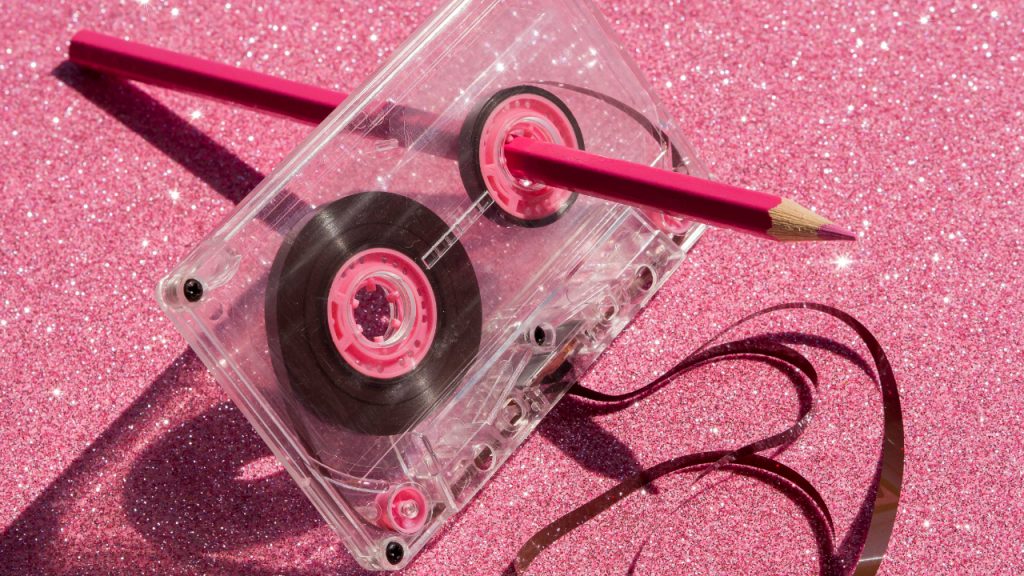The 1990s were a unique time in British culture, bridging the gap between analogue and digital entertainment. We found joy in simple pleasures that might seem quaint or even tedious to today’s youth. From waiting for our favourite songs on the radio to spending hours organising our Pog collections, 90s kids had a knack for making fun out of what now seems mundane.
This list takes a nostalgic look back at 15 activities that kept us entertained in the 90s but might struggle to hold our attention in today’s fast-paced, always-connected world. Prepare for a trip down memory lane that might leave you wondering how we ever managed without smartphones and high-speed internet!
Recording Songs from the Radio
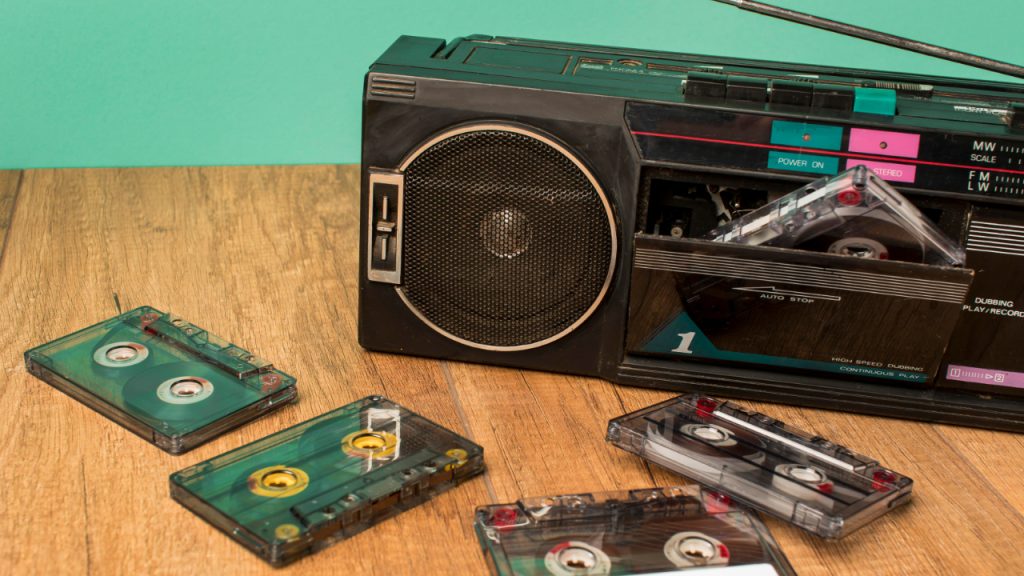
We’d sit for hours with our fingers hovering over the record button, waiting to capture our favourite tunes on cassette. It was a test of patience and timing, trying to avoid the DJ’s chatter at the beginning and end of songs. The resulting mix tapes were prized possessions, even if the quality was far from perfect.
Waiting for Photos to Develop
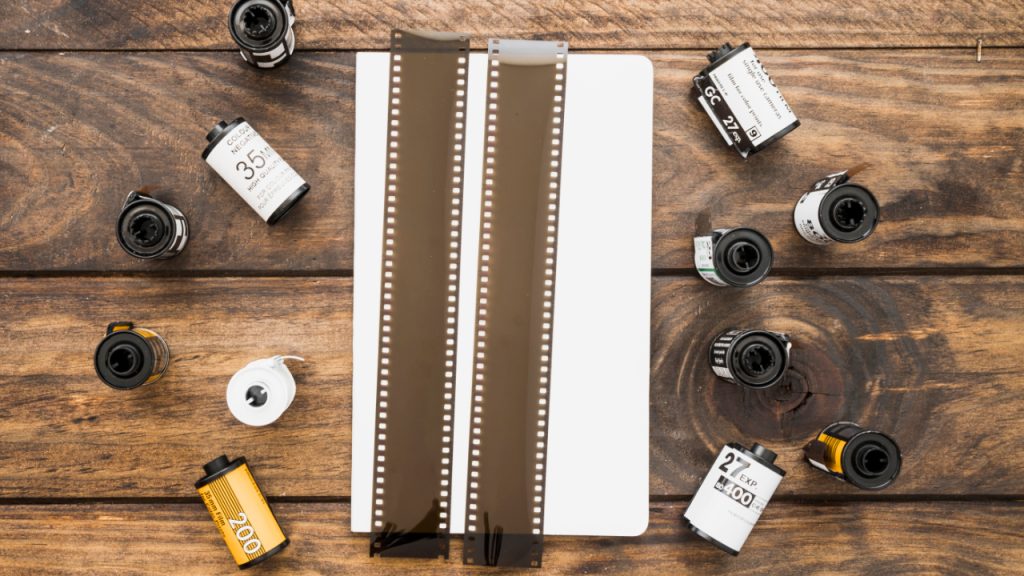
Taking photos was an exercise in delayed gratification. We’d carefully ration our 24 or 36 exposures, then wait days or even weeks to see the results. The anticipation of picking up the envelope from Boots was exciting, even if half the photos turned out blurry or had someone’s thumb in the corner.
Playing Snake on Nokia Phones
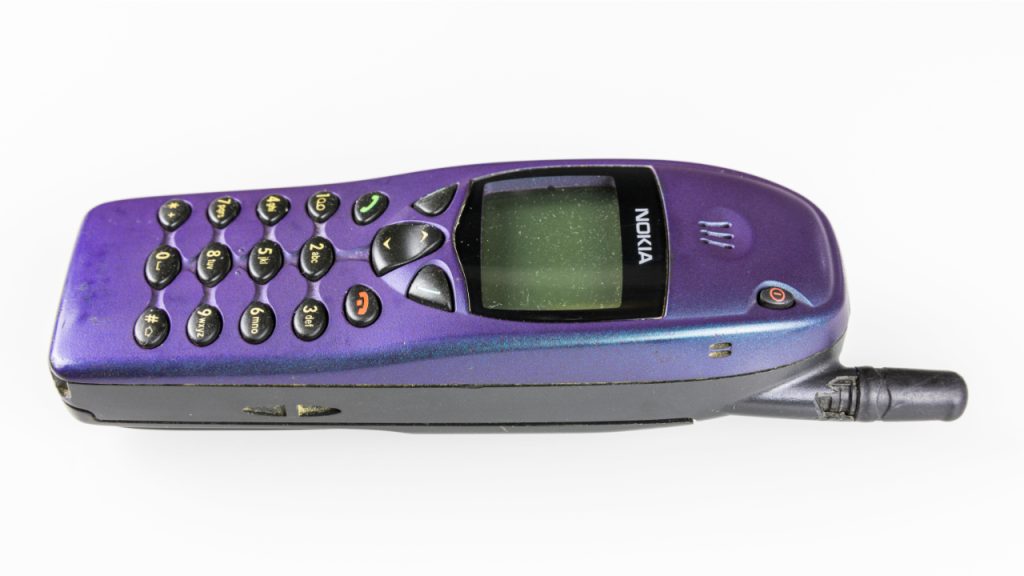
Before smartphones offered endless gaming options, we were captivated by the simple pleasures of Snake. This basic game, pre-installed on Nokia phones, kept us entertained for hours. We’d compete with friends to see who could grow the longest snake without crashing into the screen’s edges.
Using Teletext
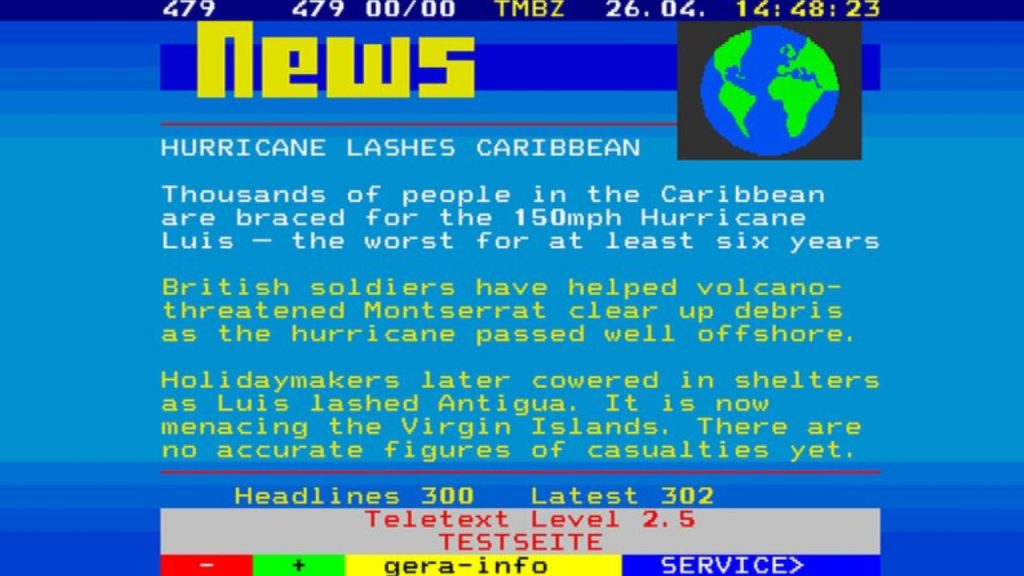
Before the internet, Teletext was our source for news, weather, and TV listings. We’d patiently wait for the pages to cycle through, hoping we wouldn’t miss the information we needed. It was cutting-edge technology at the time, but painfully slow by today’s standards.
Renting Videos from Blockbuster
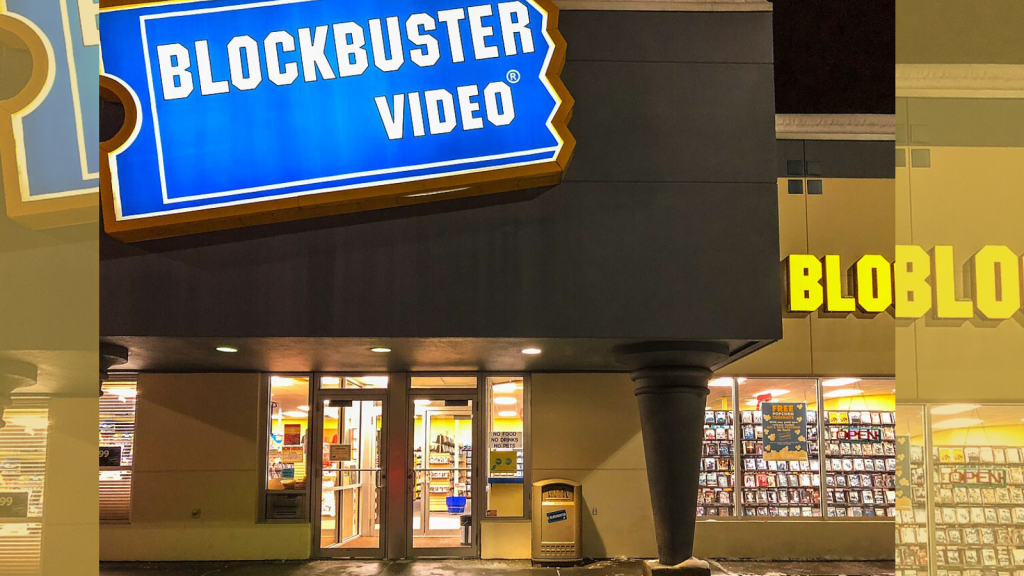
Friday nights often involved a trip to Blockbuster to rent a film for the weekend. We’d spend ages browsing the shelves, reading the backs of VHS cases, and debating which movie to choose. The pressure of making the right choice was real, as was the annoyance of finding the last copy of a new release already gone.
Creating Mixtapes
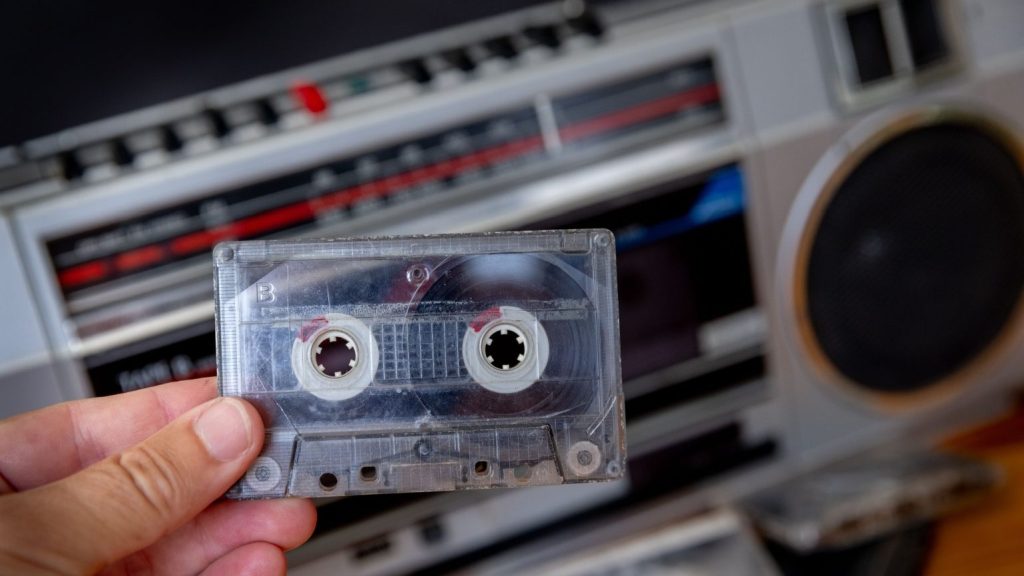
Crafting the perfect mixtape was an art form. We’d spend hours carefully selecting songs, timing them to fit perfectly on each side of a 90-minute cassette. These personalised compilations were the ultimate expression of our musical taste and the perfect gift for friends or crushes.
Playing Pogs
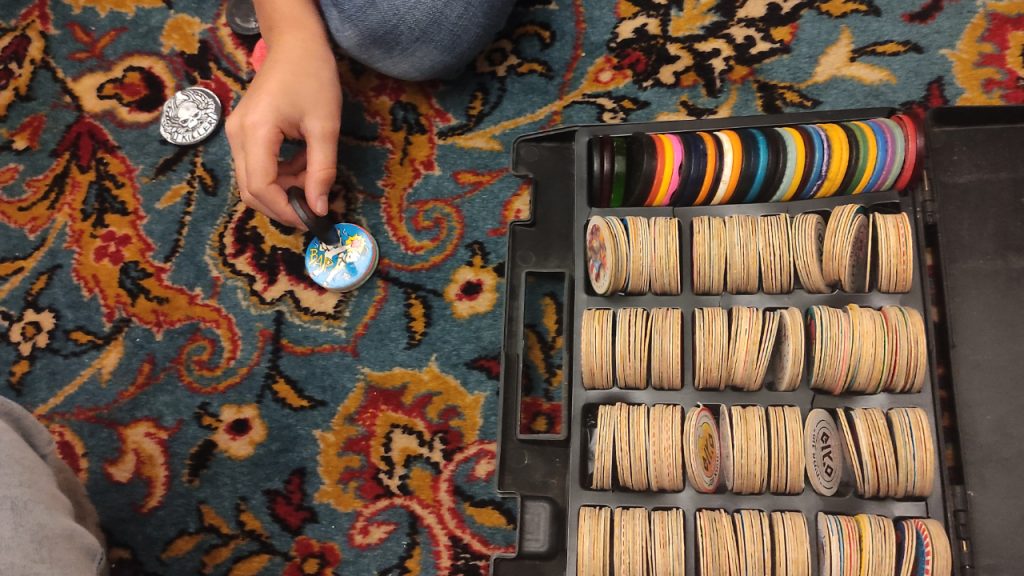
Pogs, those small cardboard discs, were a playground sensation. We’d collect them, trade them, and compete in games where we’d stack them up and try to flip them over. It was a simple concept that somehow kept us entertained for hours on end.
Using Dial-Up Internet
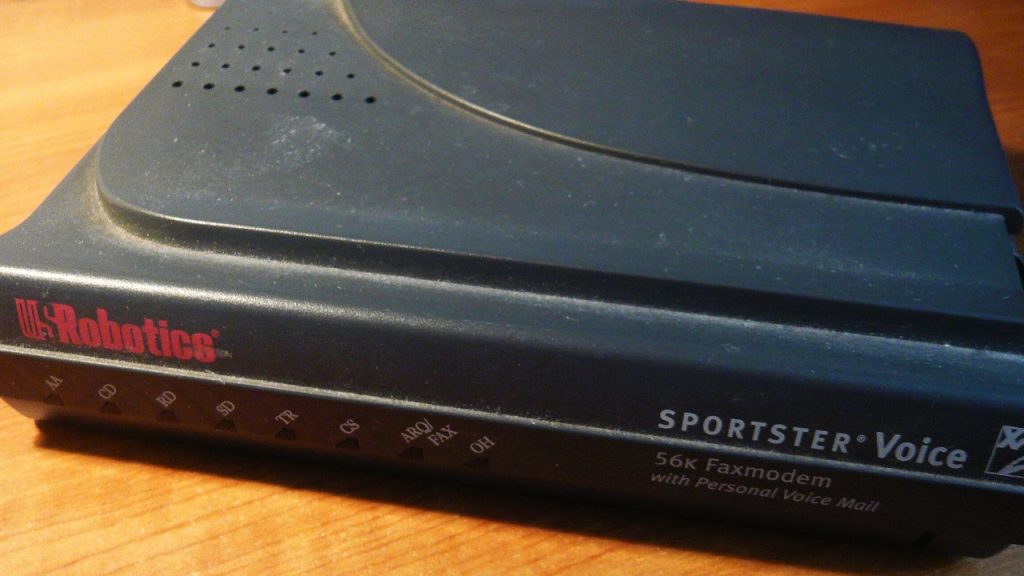
Getting online was an event in itself. We’d endure the screeching dial-up noise, hoping no one would pick up the phone and disconnect us. Once online, we’d wait patiently for simple web pages to load, line by agonising line. It seems painfully slow now, but at the time, it felt like magic.
Watching Top of the Pops
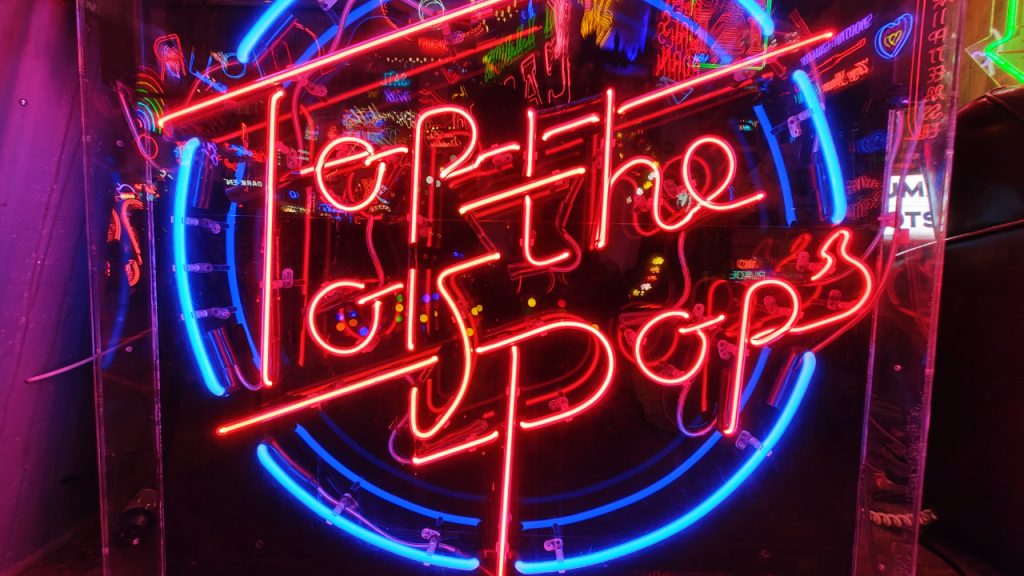
Sunday evenings were all about Top of the Pops. We’d gather around the telly to see our favourite artists perform (or mime) their latest hits. It was our main source for new music and pop culture, eagerly anticipating who would be number one each week.
Playing with Tamagotchis
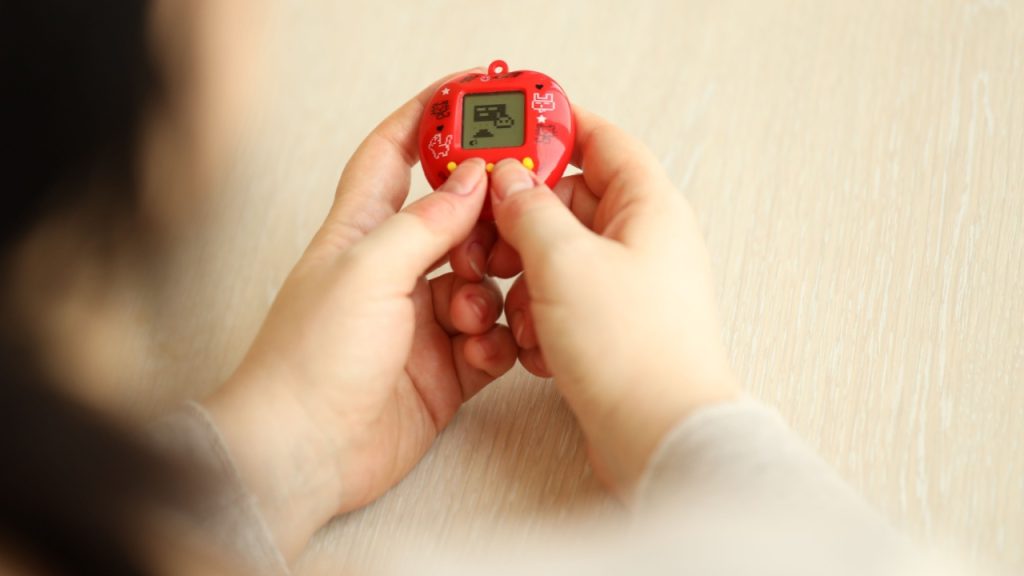
These digital pets demanded constant attention. We’d feed them, clean up after them, and play with them throughout the day. The simple pixelated creatures were strangely compelling, even if they inevitably died due to neglect during school hours.
Using Encyclopedias for Homework
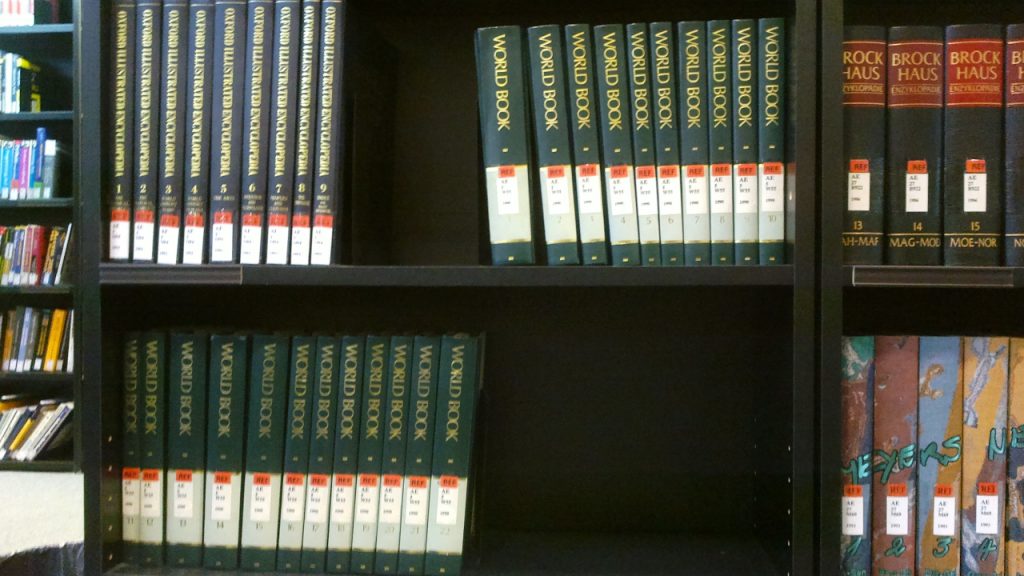
Before Wikipedia, we relied on hefty encyclopedias for research. We’d flip through volumes of Britannica or pore over CD-ROM versions, marvelling at the wealth of information. It was less convenient than a Google search, but there was something satisfying about the tactile research process.
Collecting Beanie Babies

The Beanie Baby craze swept through the UK, with many of us convinced these stuffed toys would be valuable collectibles. We’d carefully preserve the tags and display our collections, debating which ones were rarest. The investment may not have paid off, but the collecting was fun while it lasted.
Reading Cereal Boxes
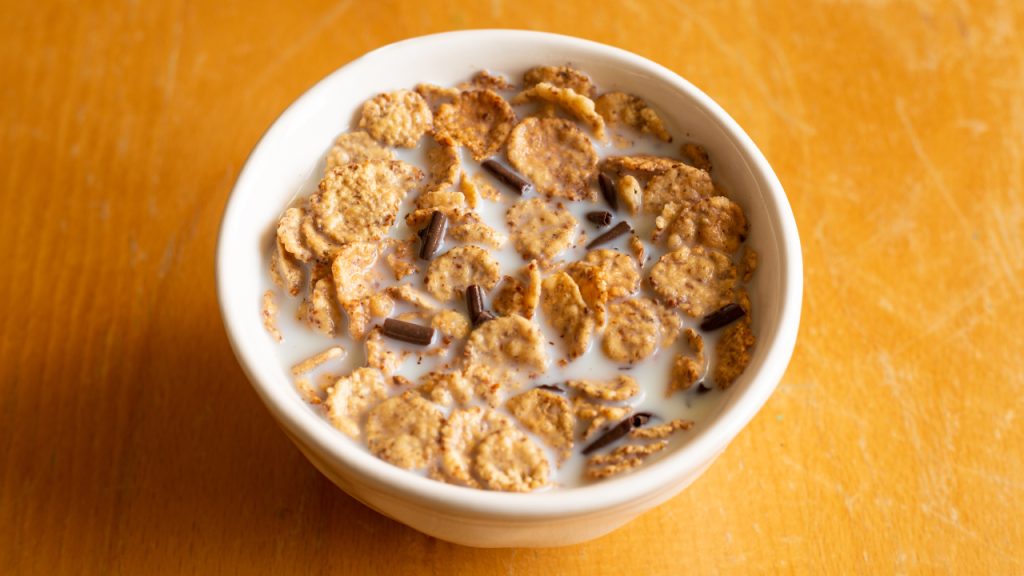
Breakfast time entertainment often involved reading every word on the cereal box. We’d pore over the nutritional information, games, and fun facts, sometimes even cutting out the free toys or tokens on the back. It’s a habit that seems quaint in the age of smartphones at the table.
Making Friendship Bracelets
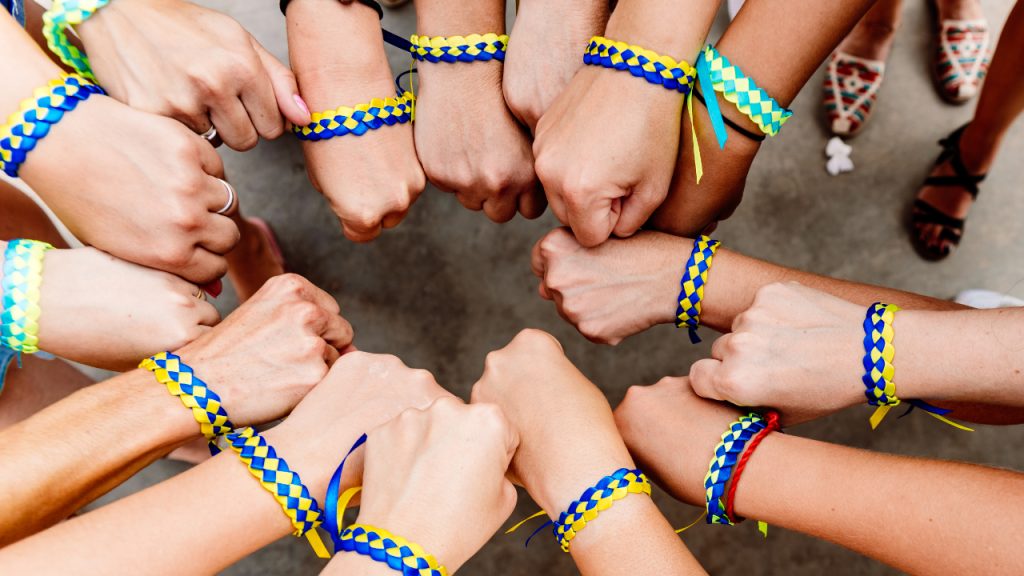
Hours were spent weaving colourful threads into intricate patterns to create friendship bracelets. We’d exchange them with our best mates, proudly wearing the sometimes messy, always meaningful creations. It was a simple craft that symbolised our connections in a pre-social media world.
Writing Letters to Penpals

Long before instant messaging, we’d write long letters to penpals, often arranged through schools or magazines. We’d wait weeks for replies, sharing details about our lives and cultures. It was a slow form of communication, but one that created a sense of anticipation and connection across distances.
16 American Foods Brits Can’t Stand
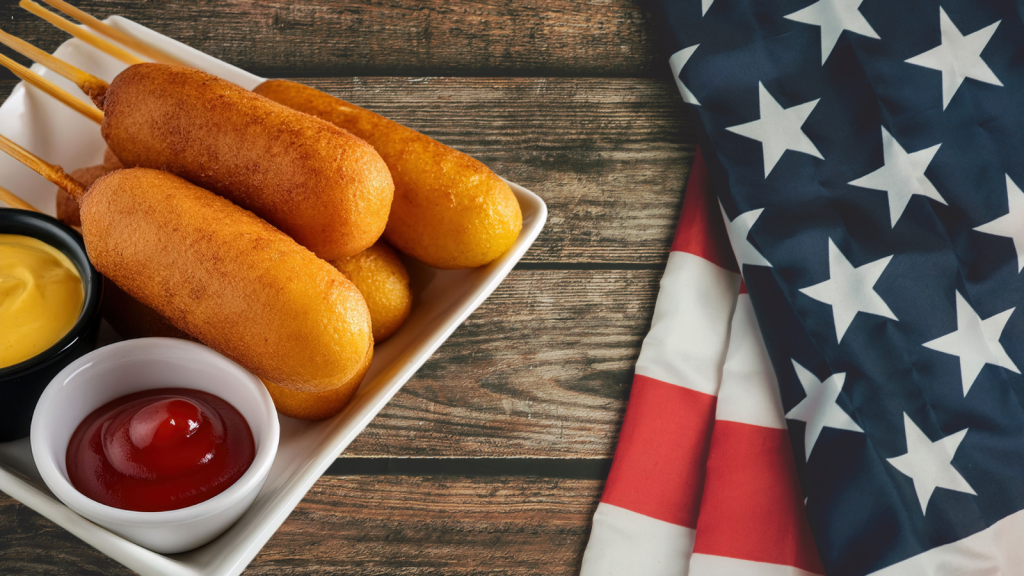
Food preferences can vary wildly across cultures, and what’s considered a delicacy in one country might be seen as downright bizarre in another. This cultural divide is particularly evident when comparing American and British cuisines. While the two nations share a common language, their tastes in food can be worlds apart. From overly sweet concoctions to processed cheese products, there are certain American foods that many Brits find hard to stomach.
Read More: 16 American Foods Brits Can’t Stand
Katy Willis is a writer, master herbalist, master gardener, and certified canine nutritionist who has been writing since 2002. She’s finds joy in learning new and interesting things, and finds history, science, and nature endlessly fascinating.
